It would take a lifetime to explore Paris and its many facets, but if you need a break from the urban ambiance, a world of discovery awaits in the surrounding countryside. There are sumptuous châteaux, artist villages, and even the vineyards of Champagne are within easy reach by high-speed train. Here are a few recommendations.
Just nine miles to the west of the Paris city center, the Château de Malmaison is under the radar of most travelers. Remarkably untouristed, this stately residence belonged to Josephine and Napoleon Bonaparte. Josephine purchased the 17th-century mansion in 1799 after scouring the Paris environs for a suitable property (Napoleon was away fighting the Egyptian Campaign), and transformed it into a sumptuously decorated home with gorgeous gardens. Even after the imperial couple divorced in 1809, Josephine lived there until her death in 1814. She cultivated a vast variety of plants, including many exotic species collected on maritime expeditions, and nurtured a renowned rose garden. What’s more, the park was home to a menagerie of rare animals from all over the world, some of the species acclimated in France for the very first time at Malmaison.
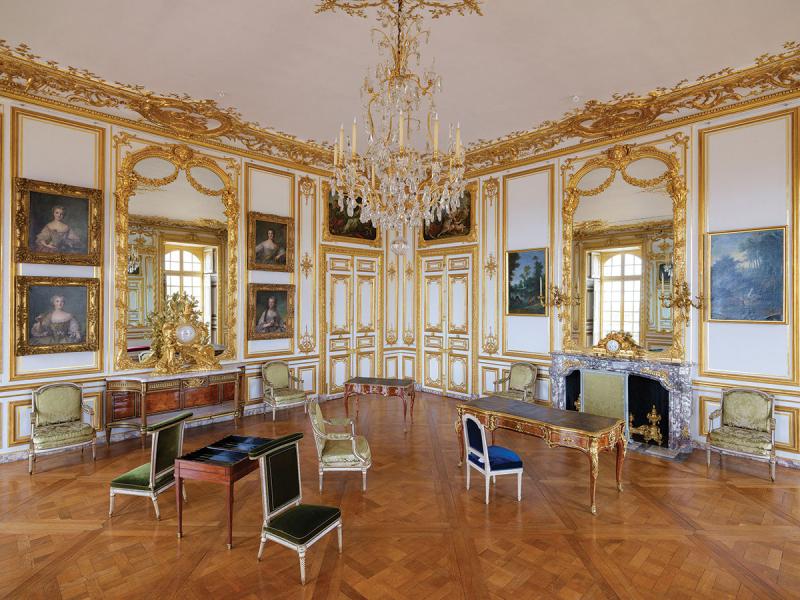
The château itself, now transformed into a museum, has an intimate feel. The décor provides a glimpse at French imperial life in the beginning of the 19th century: The dining room painted in Pompeii style, the antechamber fashioned as a military tent, the columns reminiscent of a Roman atrium. The upstairs rooms also house an exhibit about Napoleon’s life in exile on Saint Helena. Important to note is that the château is closed on Tuesdays, and also for lunch from 12:30 p.m. to 1:30 p.m.
There’s a reason the Château of Versailles attracts 8 million visitors per year. From the Hall of Mirrors to the summer musical fountain shows in the gardens, Louis XIV’s palace encapsulates over-the-top opulence. Even for repeat visitors, there’s always something new to discover: the gallery of coaches, the newly renovated Royal Tennis Court, the Dauphin’s apartment, also fresh from a makeover. (If you want to spend the night in royal luxury, book an overnight at Le Grand Contrôle, the onsite hotel that’s part of the Airelles hotels collection.)
For a taste of Versailles on a smaller scale, without the crowds, consider Château de Vaux-le-Vicomte, which was the original inspiration for Versailles. Commissioned in 1653 by Nicolas Fouquet, Louis XIV’s superintendent of finances, the château was visionary at the time, the result of work by the same dream team that would later create Versailles: the architect Louis Le Vau, the painter Charles Le Brun, and the landscape designer André Le Nôtre. Today the château is the largest private estate listed as a historic monument in France, and the De Vogüé family — custodians of an important heritage site — welcome visitors as guests to their home.
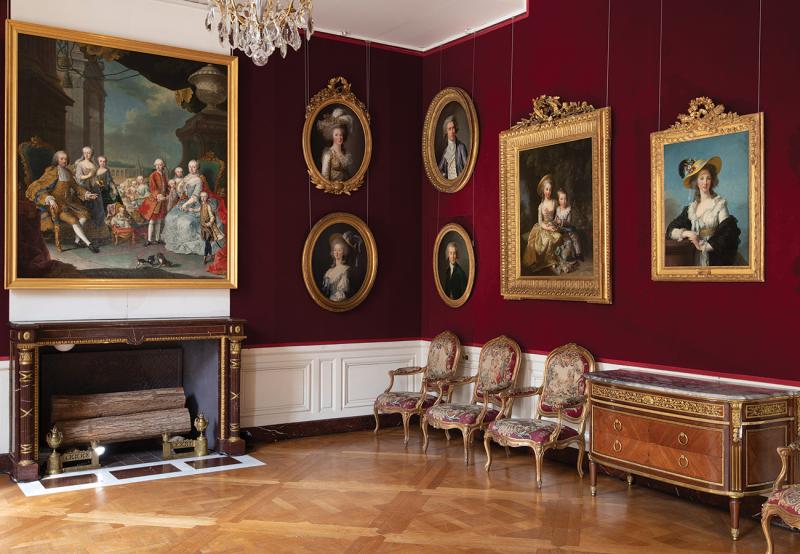
Located 30 miles to the southeast of Paris, Vaux-le-Vicomte stages events and exhibitions throughout the year, including the candlelit evenings in the summer months and elaborate Christmas decorations in December. Recently unveiled is an immersive, interactive experience in the château kitchen called “Vatel, behind the scenes of the party.” (The maître d’hôtel for both Fouquet and later the Grand Condé, Vatel notoriously committed suicide because of the mishaps that occurred during a royal banquet at the Château de Chantilly.) This theatrical video projection brings to life the kitchen preparations for the feast presented on August 17, 1661 to Louis XIV as part of the château’s inauguration. The château also recently launched a high-tech video projection of the 4,090-square-foot painting that Charles Le Brun had planned for the ceiling of the Grand Salon.
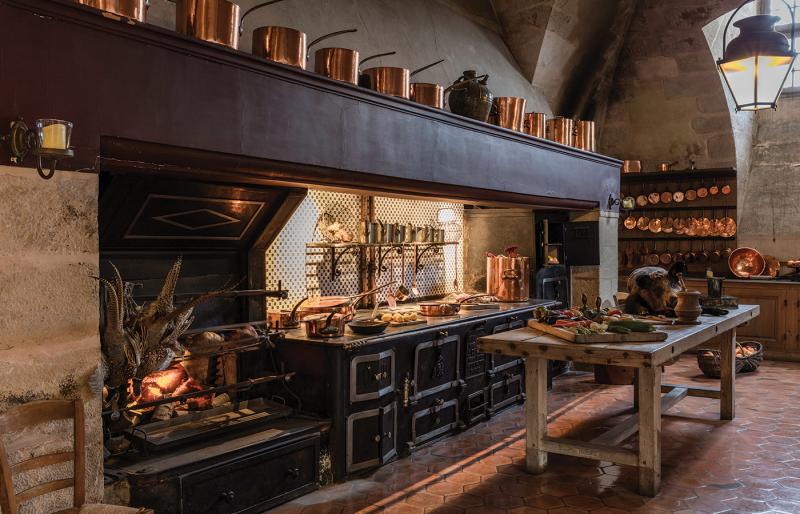
A royal residence since the 12th century, the majestic Château de Fontainebleau receives a fraction of the visitors of Versailles. Of the many highlights of this UNESCO-listed masterpiece is the François I Gallery, decorated with Renaissance frescoes by Italian masters. An added bonus is the setting next to the lush Fontainebleau Forest, a long-time destination for walkers and rock climbing enthusiasts. The forest also inspired artists like 19th-century painters Jean-Francois Millet and Camille Corot — explore their stomping grounds in the picturesque nearby village of Barbizon.
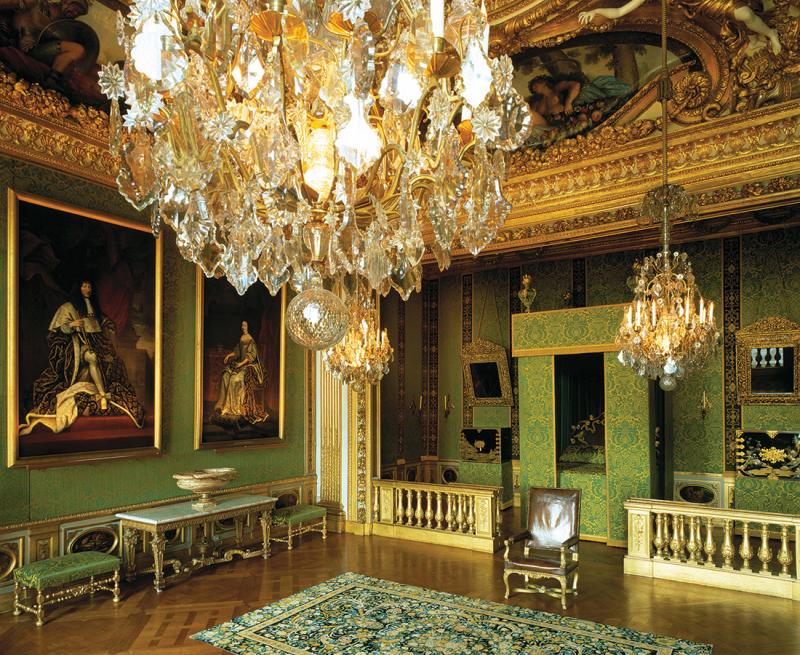
A trip to artist Claude Monet’s house and gardens in Giverny is one of the most popular excursions from Paris, but it can be tricky dodging the selfie-snapping crowds by the water lily ponds. You can walk in the footsteps of another great artist in Auvers-sur-Oise, just 17 miles north of Paris. This picturesque town, situated in the Val d’Oise department, is where Vincent Van Gogh painted many of his iconic paintings, including the adjacent wheat fields and the church of Notre-Dame-de-l’Assomption, before his apparent suicide in 1890.
He rented a room at the Auberge Ravoux, now known as the Maison de Van Gogh. Here you can see his attic bedroom and also eat in the ground-floor dining room where he took his meals. Starting this month, the renovated restaurant is showing off a completely new concept: Gourmet charcuterie and cheese boards paired with glasses of wine. Yes, please.
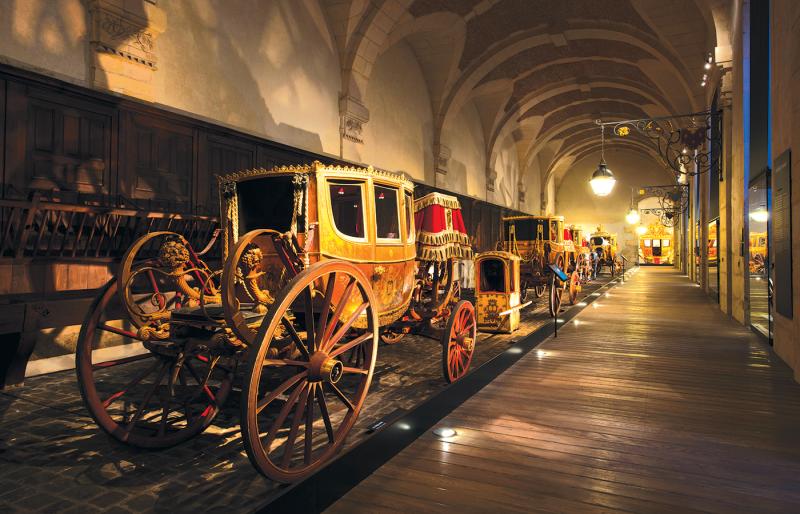
While in Auvers-sur-Oise, don’t miss the Château d’Auvers, a museum devoted to the Impressionism art movement, and the cemetery where Vincent Van Gogh is buried next to his brother Theo.
For history buffs, the UNESCO World Heritage site of Provins offers an immersion in the Middle Ages just an hour southeast of Paris. One of the best-preserved medieval villages in the entire country, Provins hosts falconry shows and theatrical performances complete with costumed knights, ladies, and galloping horses. In 2022, Provins will be feting the 20th anniversary of its UNESCO listing with concerts, fireworks shows, and year-long celebrations. Likewise, Compiègne — less than an hour north of Paris — is brimming with history. The city is home to two impressive châteaus: Compiègne and nearby Pierrefonds, which was in ruins when Napoleon III decided to have it rebuilt completely. Architect Eugène Viollet-le-Duc, famous for his work on Notre-Dame de Paris and Carcassonne, sought to create the ideal castle from the Middle Ages, a stylized architectural monument that’s dazzling to behold.
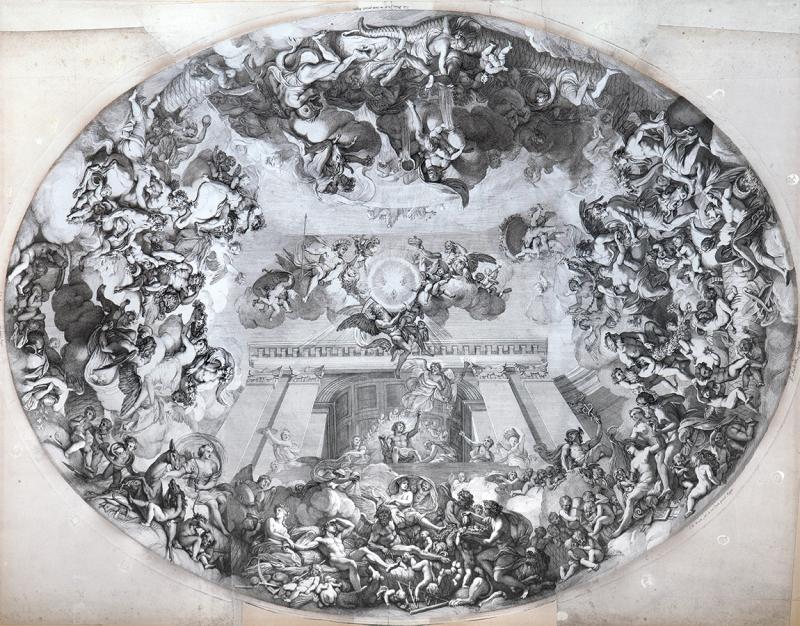
Nearby in the Compiègne Forest is an important heritage site: This is where the WWI armistice was signed between the Allies and Germany, and in an act of vengeance in 1940, Hitler forced France to sign the WWII armistice in the same place. Today in the Glade of the Armistice, visitors can explore the memorials and a replica of the railway carriage where these events took place.
Need some more inspiration? From Paris, France’s excellent train network allows quick and easy access to a number of enticing destinations. An hour away in Reims, the capital of Champagne country, you can visit Domaine Veuve Clicquot and its ancient limestone quarries before indulging in a Michelin-starred meal at the Domaine Les Crayères.
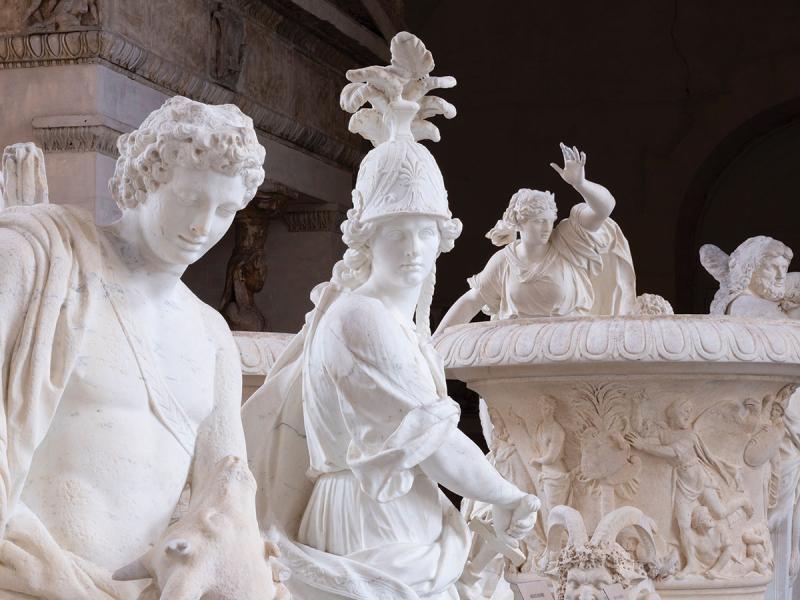
Fancy the flavors of the north? Hop on a TGV at the Gare du Nord and an hour later you can be sipping Lille’s famous beers and sampling classic Flemish fare at Bloempot. Or head to Normandy’s capital of Rouen, accessible from Paris in a little over an hour, to visit the Joan of Arc museum and dine at La Couronne restaurant, where Julia Child famously had her first meal in France. Keen to get a dose of Renaissance gardens and grandeur? Tours, the gateway to the Loire Valley, is a little more than an hour from Paris by train. Lunch on the lively Place Plumereau, climb the Tour Charlemagne for panoramic views of the city, before exploring nearby chateaux like Azay-le-Rideau and Villandry.
Related Articles
Royal Champagne Hotel & Spa Partners With Champagne Philipponnat
Michelin-Star Dining in Paris: Restaurant Le Sergent Recruteur